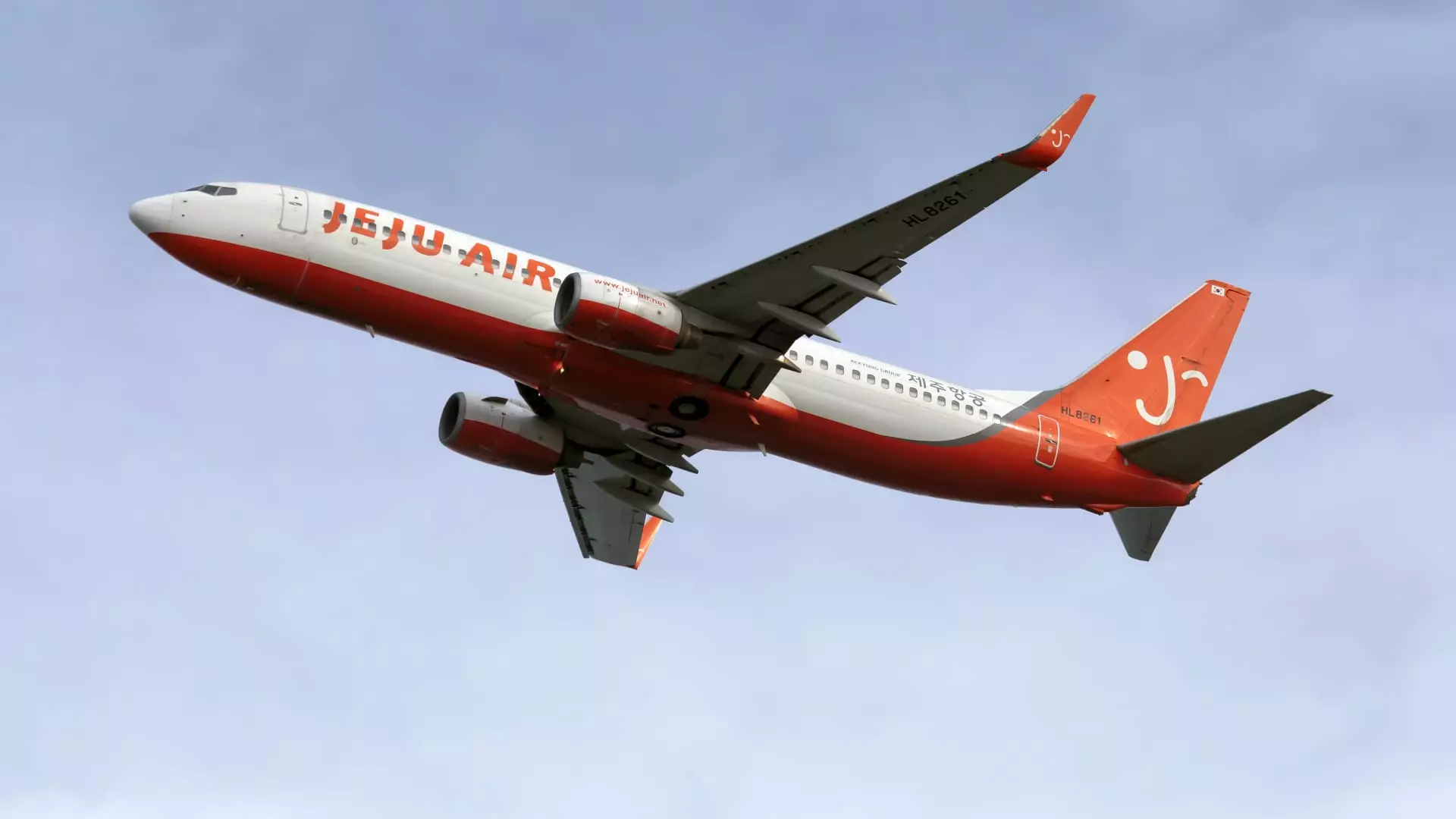On a fateful day, a Jeju Air flight suffered a devastating tragedy at Muan International Airport in South Korea, where the aircraft executed a belly landing without deploying its landing gear. This catastrophic event resulted in the loss of lives of all but two individuals out of the 181 passengers and crew aboard, marking it as one of the worst aviation disasters the nation has seen in recent years. Authorities have launched an exhaustive investigation to determine the underlying causes that led to this harrowing incident, generating widespread shock and concern about aviation safety standards.
In the wake of the disaster, South Korea’s acting president, Choi Sang-mok, has called for urgent inspections of the Boeing 737-800 model, which was involved in the crash. This particular model is well-regarded in the aviation industry for its reliability and safety, recognized as one of the most widely used commercial aircraft worldwide. It is imperative to highlight that, prior to this tragedy, the aircraft had an exemplary track record, a crucial aspect in analyzing the ramifications of the incident.
With around 4,400 Boeing 737-800s still actively flying across the globe, accounting for a significant 17% of the commercial passenger aircraft fleet, the implications of this accident extend beyond Jeju Air and South Korea. The aircraft involved was delivered in 2017 and previously operated by Ryanair, making it a mature yet dependable model in service. Experts across the aerospace sector are cautious in attributing the accident to a design flaw in the aircraft given its long-standing history of safe operations.
Aerospace analysts are skeptical regarding the discovery of a critical design flaw within the Boeing 737-800 series. Richard Aboulafia, a managing director at AeroDynamic Advisory, articulates that finding a design defect at this stage seems “borderline inconceivable.” The incident’s atypical nature has sparked discussions concerning the broader implications for similar aircraft models, prompting deeper scrutiny regarding operational protocols.
Further complicating the investigation, a range of theories has emerged regarding why the landing gear was not deployed during the final approach. Even under hydraulic malfunctions, pilots are trained to lower the landing gear manually. This leads to speculation about other potential factors that may have contributed to this mishap, such as a possible bird strike that could have incapacitated the engines. Jeff Guzzetti, a former investigator with the U.S. National Transportation Safety Board (NTSB), suggests that the altitude at which the incident occurred might have limited the crew’s ability to execute emergency procedures adequately.
Harrowingly, Guzzetti points out that if the aircraft had avoided colliding with a hard wall at the end of the runway, the aftermath could have been less devastating. The performance of the crew in such perilous circumstances often becomes a focal point in post-accident analyses, raising inquiries about aviation safety training and protocols.
The NTSB, being the lead agency in this haunting investigation, collaborates with other key stakeholders, including Boeing and the Federal Aviation Administration (FAA). Given the aircraft’s origins from the United States, these organizations play crucial roles in unraveling the causes of the incident while adhering to international protocols governing aviation disasters.
As investigations are expected to take extensive time – potentially extending beyond one year – the aviation community watches closely for any findings that arise. The complexity of air accident investigations often unveils a multifaceted array of factors contributing to an accident, intertwining technical issues, human factors, and environmental conditions.
The tragic incident involving Jeju Air raises significant conversations about aviation safety and oversight, reflecting on how such a well-regarded aircraft could be involved in such a catastrophic event. As investigators work diligently to piece together the events leading up to the crash, the hope remains that lessons learned will improve aviation safety protocols globally, preventing future tragedies. The strength of the safety record associated with the Boeing 737-800 series will be put to the test in the aftermath of this disaster, highlighting the critical need for continual vigilance in aviation practices.


Leave a Reply